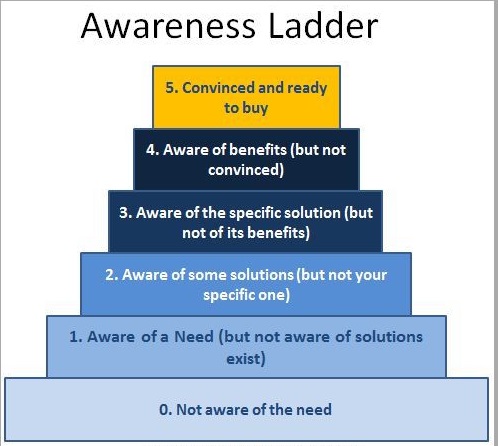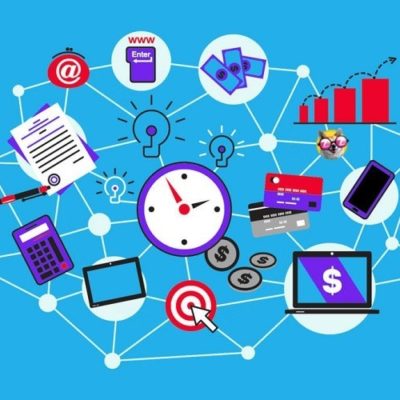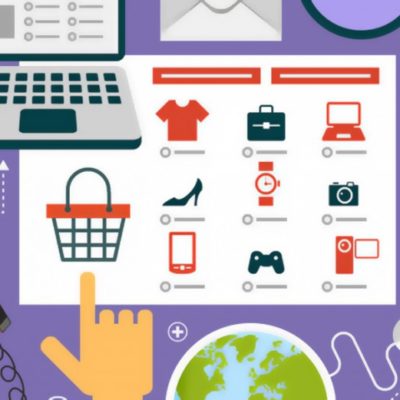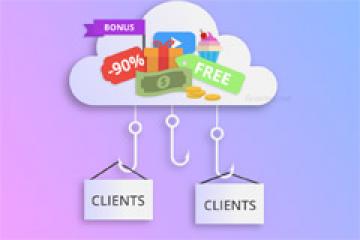Ben Hunt’s Customer Awareness Ladder & How to Use It for Boosting Sales
Back in 1950 the name of Eugene Schwartz became known in the field of marketing and his impact on it was so tremendous, Schwartz is considered the guru to this day. His unique theory allowed to turn any product feature into a consumer benefit, thus making it much more attractive for buyers. Moreover, even back then he had the foresight to understand that a true marketer must be able to identify which stage of the buying process the customer is at and to create an offer that will appeal to them most at this specific time.
With the rise of online marketing, Schwartz’s methods and ideas needed to be reworked to fit this new system. And the person who did this was Ben Hunt, the renowned author of Convert! He based his book on the ideas spelled out by Schwartz decades before and developed a fantastic conversion tool called the Awareness Ladder.
In essence, the Ladder separates customers into five groups based on their level of awareness about the brand and product. When it first appeared, many believed it to be nothing but a “book theory”. However, the efficiency of this tool has been proven through a variety of applications.
In the majority of cases, the customer awareness level analysis is used for:
- The creation of landing pages
- E-commerce marketing
- Social media marketing (SMM)
- Website traffic generation
- The development of marketing kits
- The creation of business proposals
- Email marketing
Ben Hunt’s Awareness Ladder is used not only in online but also offline marketing, in particular during the development of new campaigns, printed materials, and outdoor advertising.
5 Steps of Ben Hunt’s Customer Awareness Ladder
Marketers adopted Hunt’s Awareness Ladder as a tool that enables them to create more efficient content, offers, etc. They are able to do this because they can identify target requests with more precision.
The Awareness Ladder consists of five steps and at each of those the customer has a unique problem. The marketer’s task is to provide a solution for the right problem at the right moment.
- Unaware of the problem or need.
- Aware of the problem or need.
At this stage, people are starting to look for a solution. - Aware of the possible solutions.
People research and compare multiple solution options. - Aware of the products.
The consumer chooses the product they perceive as ‘the best’. - Informed and making a purchase.

How to Apply the Awareness Ladder to Your Business: An Example
Let’s imagine that your company has been selling building materials for years. Eventually, you decided to launch an online store as well. You did that but the store doesn’t have many customers at the moment.
You’re fine with that because it’s not your primary sales channel. This means that you are currently at step one of the Awareness Ladder and you are either unaware or indifferent about the problem.
At the second step, you formulate the problem. For example, offline sales have gone down, so you decided to put more effort into the development of your online store.
The third step is when you research and compare available solutions. This means that your marketers will be looking into the available methods of promoting your store (SMM, paid ads, etc.) and deciding what can fit it best.
When reaching the fourth step, which is making a choice, the marketers will find the best provider of the solution they chose. In this case, it might be a decision between hiring a marketing agency or doing the marketing yourself, determined by your budget.
The final step, which is making a purchase, is when you choose and hire an agency that will do the job.
As you can see from this example, the customer (imaginary you in this case) has a specific need. But all of them are connected and lead to the completion of the deal.
Rules Ben Hunt’s Method Is Based On
The main rules Ben Hunt based his method on include:
- Steps one through four is when the consumer is still searching for the best option, so they require information.
- A consumer will only make a purchase when they reach step five.
- All prospective customers start at step one.
- To achieve the result the customer needs to complete all five steps in that exact order.

More Tips on How to Use the Awareness Ladder
Before making an offer, you need to understand at which stage of the awareness your audience is at this exact moment. You also need to develop a method to provide the right kind of information to prospective customers at every step of the Ladder.
1. Unaware of the problem
At this stage, the audience either doesn’t have a problem or doesn’t pay much attention to it, so making an offer will be useless. Therefore, the seller’s main task is to generate awareness of the problem’s general existence.
You can use educational videos, infographics, and other attention-grabbing tools to spread your message. At this point, the message should be along the lines of “this could happen to you, be prepared!”
2. Aware of the problem, but unaware of the solution
At this stage, the customer is seeking to define the problem and determine if the solution exists. So, this is exactly what you should give them. Provide posts and infographics featuring statistics and facts that will help your prospects see the solution and believe that it’s real and effective. Testimonials and comments will work brilliantly at this point.
This is the step when you might be able to score a few impulse purchases due to having a huge pool pf proof that your solution works. But it’s not the time for big conversion growth.
3. Comparison of the available solutions
At step three consumers are actively researching solutions. This is when they join various social media groups dedicated to the problem, subscribe to email newsletters, use search engines to collect more information on the subject.
As a seller, you need to provide them with valuable and comprehensive content that will answer the questions they have. Do not focus on trying to sell your product now, your goal here is to educate.
4. Selection of the product
The fourth step is extremely important for sellers because this is when consumers analyze the data they collected over the previous three steps. This is when you start actively marketing your products and showing off its advantages over the competitors’’.
The type of content that will work best at this stage includes product comparisons, data confirming the efficiency of the product (backed by research), detailed product reviews and videos as well ass “authentic” photographs.
Do not waste your time on lengthy intros and reiteration of the problem, they will only work against you now. Instead, delve right into the evidence of how you have the expertise and how this product is a great solution for the consumer’s problem.
5. Fully informed and making a purchase
The last step is when the consumer is ready to make a purchase, thus converting from prospect to a customer. Therefore, you need to describe your product in as much detail as possible, highlighting the benefits your clients can get. Your USP (unique selling proposition) will come into play now and you’ll need to inform prospective buyers about the available discounts and special offers to increase their motivation.
In Conclusion
The Awareness Ladder can be a great help to your business. But bear in mind that you will be able to boost your conversions and enhance customer loyalty only if you can provide prospective customers with valuable information and content that corresponds to their place on the Ladder. Keep this in mind when developing your marketing strategy.

No sales again and you are getting desperate? This article will tell you all about the possible reasons why this […]

The quality of your website is a major factor in determining your online store’s success. And usability, in turn, is […]

Today we will talk about how to design an online store for success. It’s not only about the aesthetic appeal, […]

E-commerce businesses have to use a variety of methods in order to win customers in the extremely competitive markets of […]

The number of customers you have determines the success of your business, socially in a highly-competitive industry like e-commerce. A […]

Did you launch your online shop years ago and never got to upgrading its design? Are you using one of […]
